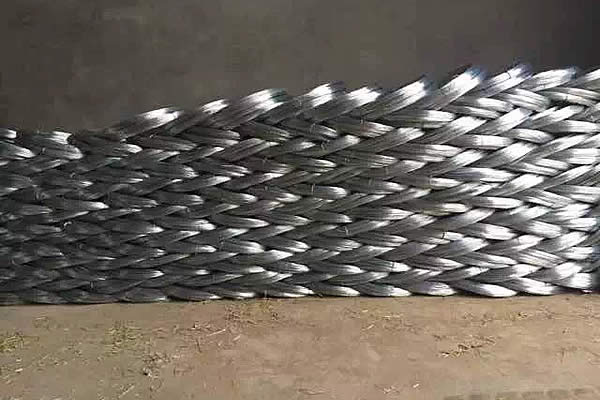 TEL:
+86-13102802206
TEL:
+86-13102802206
 Email:
fencenetting@china.com
Email:
fencenetting@china.com
 Language
Language
 TEL:
+86-13102802206
TEL:
+86-13102802206
 Email:
fencenetting@china.com
Email:
fencenetting@china.com
 Language
Language


The Cost of Mosquito Nets for Windows An Essential Investment for Comfort and Health
As urban areas expand and the climate changes, mosquitoes continue to pose a significant health threat, transmitting diseases such as malaria, dengue fever, and Zika virus. With the detrimental effects of these diseases affecting millions worldwide, effective preventive measures are paramount. One of the most accessible and practical solutions is to install mosquito nets on windows. In this article, we will explore the costs associated with purchasing and installing mosquito nets for windows, and why this investment is critical for comfort and health.
Understanding the Types of Mosquito Nets
Before delving into the cost aspect, it’s important to understand the types of mosquito nets available in the market. There are primarily two types fixed and removable nets. Fixed nets are permanently installed and often made from high-density polyethylene or fiberglass, providing a durable barrier against insects. Removable nets, on the other hand, can be easily taken down when not in use and are typically made from lighter materials.
Cost Breakdown
When considering the installation of mosquito nets, factors influencing cost include the type of net, the size of the window, and additional installation services, if needed
. Here’s a general breakdown of the costs involved1. Material Costs A fixed mosquito net can range from $10 to $50 per window, depending on the material quality and size. For example, a standard fiberglass netting for windows might cost around $20, while a heavy-duty aluminum frame net could push the price towards $50.
2. DIY vs. Professional Installation If you are handy with tools, installing a mosquito net yourself could save on costs. However, hiring a professional often costs between $50 and $100 per window for installation. This price may include customized fittings and ensuring that the net effectively seals off any gaps.

3. Additional Accessories Depending on the design preference, you might also consider additional accessories such as magnetic strips or sealing frames, which can enhance the net’s effectiveness. These can add an extra $5 to $30 to the overall cost.
Long-Term Savings
While the upfront cost of mosquito nets might seem significant, it is essential to consider the long-term benefits. Investing in mosquito nets can save households money over time by reducing the need for expensive medical treatments for mosquito-borne diseases. For instance, the treatment for malaria can exceed $200, while preventive measures such as spraying for mosquitoes or buying insect repellents can add up quickly. Furthermore, a comfortable living environment free from annoying insect bites contributes to better overall quality of life and sleep quality.
Environmental and Health Considerations
Using mosquito nets is not only a cost-effective solution but also an environmentally friendly one. Many chemical repellents pose risks to human health and the ecosystem. Mosquito nets provide a chemical-free barrier, allowing homeowners to enjoy fresh air and natural light while keeping pests out. This is particularly beneficial in regions where mosquitoes are prevalent throughout the year.
Conclusion
When evaluating the cost of mosquito nets for windows, consider both the financial implications and the broader impact on health and well-being. While the initial investment may vary based on several factors, the long-term benefits—such as health protection, improved comfort, and reduced reliance on harmful chemicals—significantly outweigh the costs. In light of global health concerns, installing mosquito nets presents a practical and prudent solution to combating the ever-present threat of mosquito-borne diseases. Investing in mosquito nets is not only a step towards protecting your family but also a commitment to fostering a healthier, more comfortable living environment.